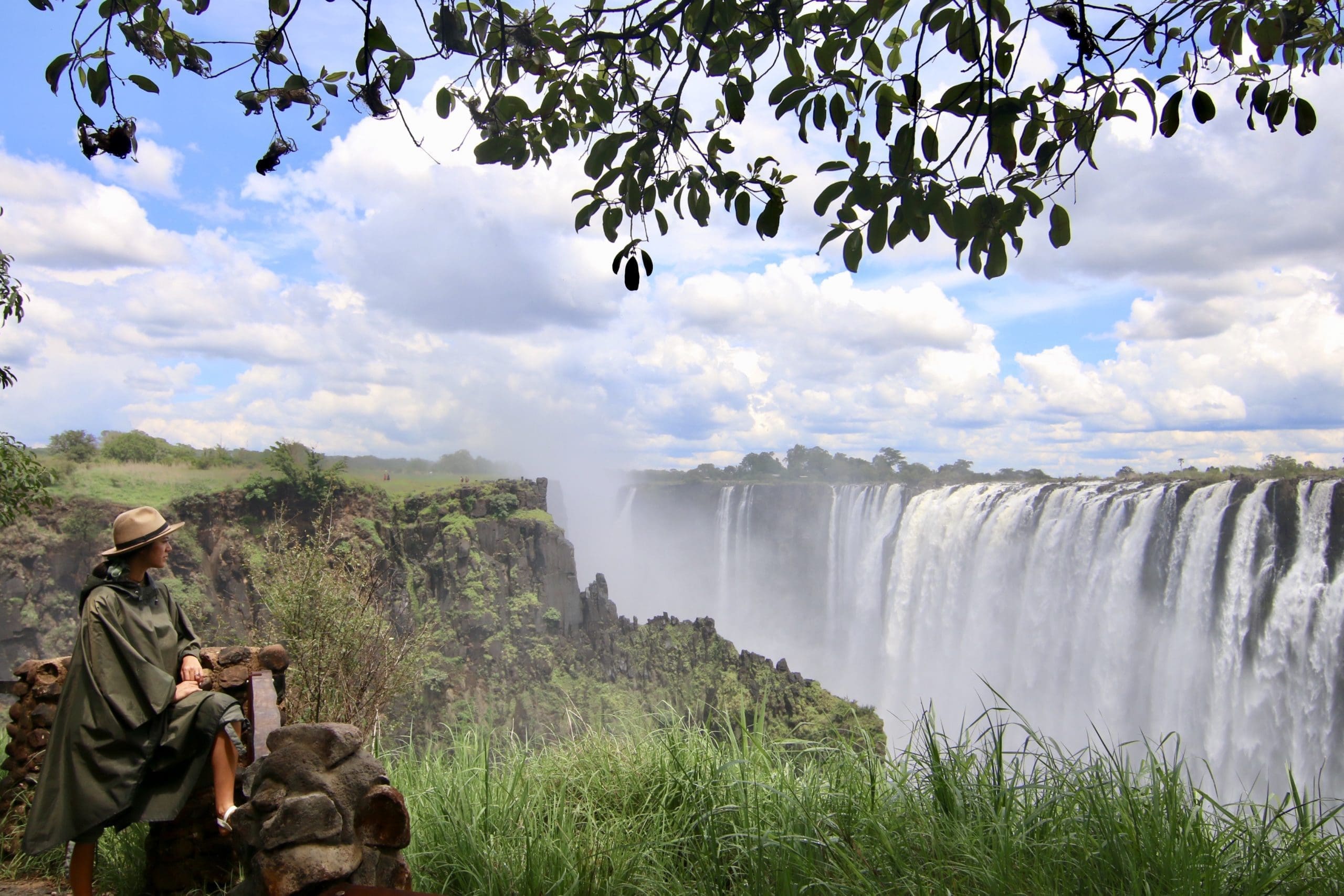[social_warfare]
Nature never abates or stands still. It follows its own rhythms, producing wonders that eternally amaze. One such natural phenomenon that dazzles a fortunate few is the lunar rainbow at one of Southern Africa’s most iconic sites, Victoria Falls.
This massive cascade of water roars down a series of eight sheer cliffs and offers an example of nature’s splendour and might. Known locally as Mosi-oa-Tunya or “The Smoke That Thunders”, this is the world’s greatest sheet of falling water. Thanks to this, and its legendary clouds of spray, mist and rainbows, Victoria Falls was awarded UNESCO World Heritage Site status in 1989.

And yet, although Victoria Falls is one of the most famous landmarks in the world, she has kept some of her secrets for the more dedicated travellers. When the moon is full and the Zambezi levels are high, a lunar rainbow or ‘moonbow’ appears like a phantom in the mists of Victoria Falls. And to experience this wonder, tourists need to be not only in Livingstone at the right time of the month and the year, they also need a local guide who is willing to share this best-kept secret with them.

Just as the sun is bright enough to reflect and refract raindrops into a seven-colour arc, so too is a full moon. Since moonlight is much fainter than the intensely luminous light of the sun, a moonbow is not nearly as bright as a rainbow seen during the day, but perhaps that is what makes it so special.

There is no question about it; seeing a lunar rainbow at Victoria Falls is a must! Here are three reasons why we think you should get it on (and plan to cross it off!) your travel bucket-list:
Once in a lifetime opportunity
The lunar rainbow at Victoria Falls can only be experienced for three days during full moon and when water levels from the Zambezi River are high. The three months considered the best for seeing particularly bright moonbows are June, July and August.
Just seeing the Seventh Wonder of the World itself is an amazing experience. Add a once in a lifetime moment of getting lost in the magic of a lunar rainbow by moonlight and you are sure to be bowled over.
Absolutely photogenic
The vibrant colours of a lunar rainbow can show up clearly in photographs as long as a slow-shutter or long-duration setting is used. This will be a memorable capture for any avid photographer that is up for an exciting night-time photography challenge.
Just remember, of course, not to use your flash, and to take a tripod as it is necessary to stabilise your camera as much as possible. As a standard rule, an ISO of 800 and a shutter time of 10 seconds works well, but you might want to play around depending on the light when you visit.
An entire experience
Tongabezi is a luxury lodge overlooking the Zambezi River from the Zambian side, just upstream of Victoria Falls. During the full moon moonbow experience, guests are treated to a packed picnic and trained guide accompanying them throughout the trip.
This added touch of a sumptuous meal with good company makes the whole experience memorable, although the lunar rainbow sighting is of course the winning event of the evening!
